Climate Change Impacts on Wine - A Toast to Adaptation
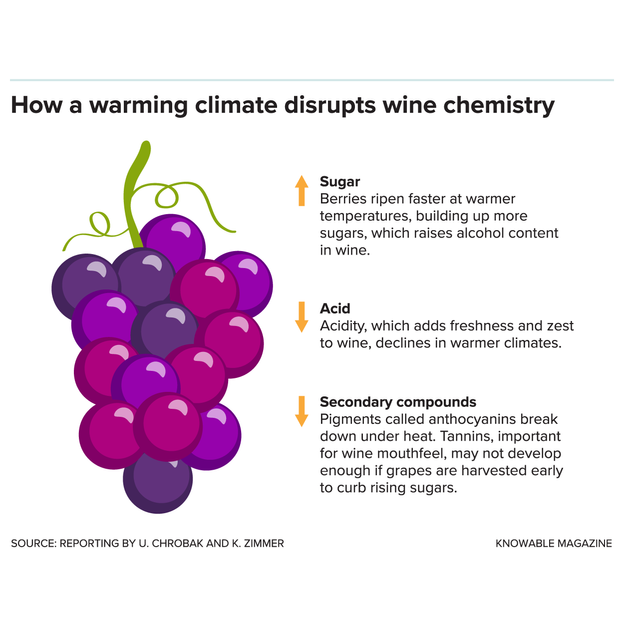
For centuries, the delicate balance of sunshine, rain, and temperature has nurtured the world's vineyards, producing a diverse tapestry of wines. However, this intricate dance between nature and viticulture is facing an unprecedented challenge: climate change.
The Shifting Landscape of Wine Production
Climate change is no longer a distant threat for the wine industry; it's a present reality. Rising temperatures, altered precipitation patterns, and increased extreme weather events are impacting vineyards globally. According to a 2011 study published in Proceedings of the National Academy of Sciences, a mere 2°C increase in global temperatures could shrink suitable wine-growing regions by as much as 56%.
Here's a closer look at the multifaceted impacts of climate change on wine production:
1. Shifting Terroir and Grape Varieties
Terroir, the intricate interplay of soil, climate, and topography that defines a wine's character, is undergoing a transformation. As temperatures rise, traditional wine regions are becoming warmer, pushing some to the edge of viability. For instance, regions like Bordeaux in France and Tuscany in Italy, known for Cabernet Sauvignon and Sangiovese respectively, are experiencing hotter, drier conditions that can lead to overripe grapes, higher alcohol levels, and altered flavor profiles.
Conversely, cooler regions like England and Tasmania are witnessing a surge in suitability for grape cultivation. The English wine industry, once a niche market, has blossomed, with sparkling wine production booming due to favorable climatic conditions.
2. Altered Harvest Cycles and Wine Styles
Climate change is disrupting the natural rhythm of the vineyard. Earlier bud break, accelerated ripening periods, and compressed harvest seasons are becoming the norm. This shift can lead to challenges in achieving optimal ripeness, potentially affecting the balance of sugar, acidity, and tannins in the grapes.
In response, winemakers are adapting by experimenting with new techniques and grape varieties. Blending techniques are being refined to achieve desired flavor profiles, while late-ripening varieties like Mourvèdre and Grenache are gaining popularity in warmer regions due to their resilience to heat.
3. Increased Pest and Disease Pressure
Warmer temperatures and altered precipitation patterns create favorable conditions for pests and diseases to thrive. Outbreaks of mildew, rot, and infestations can damage vineyards and impact yield. Winegrowers are increasingly turning to sustainable and organic farming practices to mitigate these risks, reducing pesticide use and promoting biodiversity in the vineyard ecosystem.
Adapting to a Changing Climate: A Toast to Innovation
The challenges posed by climate change are undeniable, yet the wine industry is responding with remarkable resilience and innovation. From vineyard management to winemaking techniques, a wave of adaptation is sweeping through the world of wine:
1. Sustainable Viticulture Practices
Sustainable farming methods are at the forefront of the wine industry's response. Practices like cover cropping, water conservation, and renewable energy adoption are becoming increasingly common. These initiatives aim to reduce the environmental footprint of wine production while enhancing vineyard resilience in the face of climate variability.
2. Technological Advancements
Technology is playing a crucial role in helping winemakers navigate the complexities of a changing climate. Precision viticulture, using sensors and data analysis to monitor vineyard conditions and optimize irrigation and fertilization, is gaining traction. Additionally, research into drought-resistant rootstocks and disease-resistant grape varieties offers promising solutions for the future.
3. Consumer Awareness and Education
Consumer awareness about the impact of climate change on wine is growing. Winemakers and industry organizations are engaging in conversations about sustainability, transparency, and the importance of supporting wineries committed to environmentally responsible practices. This shift in consumer consciousness is driving demand for wines produced with a focus on environmental stewardship.
A Toast to the Future: Embracing Change
The future of wine in a changing climate will undoubtedly be marked by adaptation and innovation. As traditional notions of terroir evolve, new regions will emerge, and wine styles will continue to evolve. The essence of wine, however, will endure: the celebration of connection, place, and the artistry of transforming nature's bounty into a cherished beverage.
By embracing sustainable practices, fostering innovation, and promoting transparency, the wine industry can navigate the challenges ahead and continue to delight our palates for generations to come.
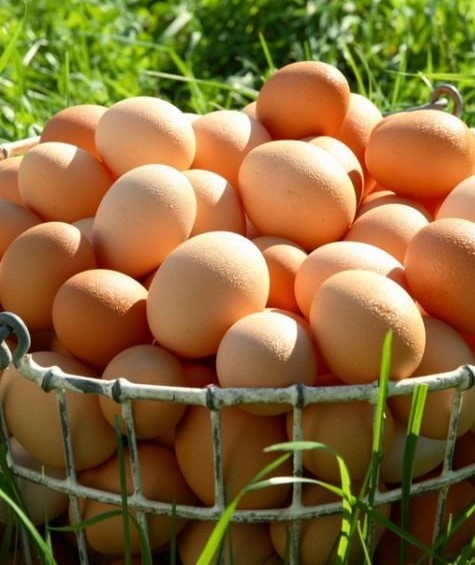
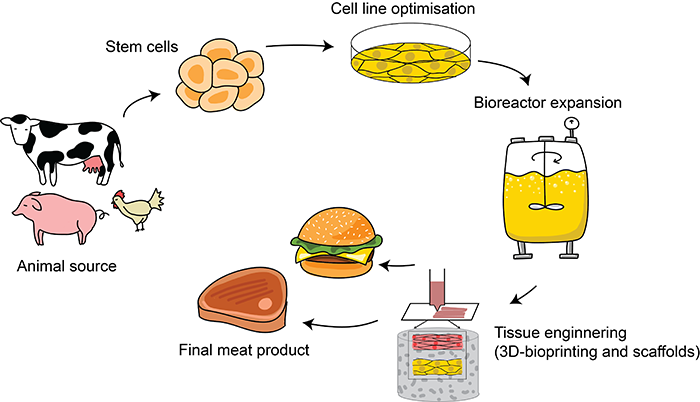

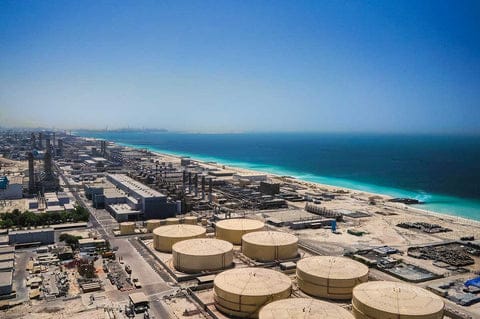


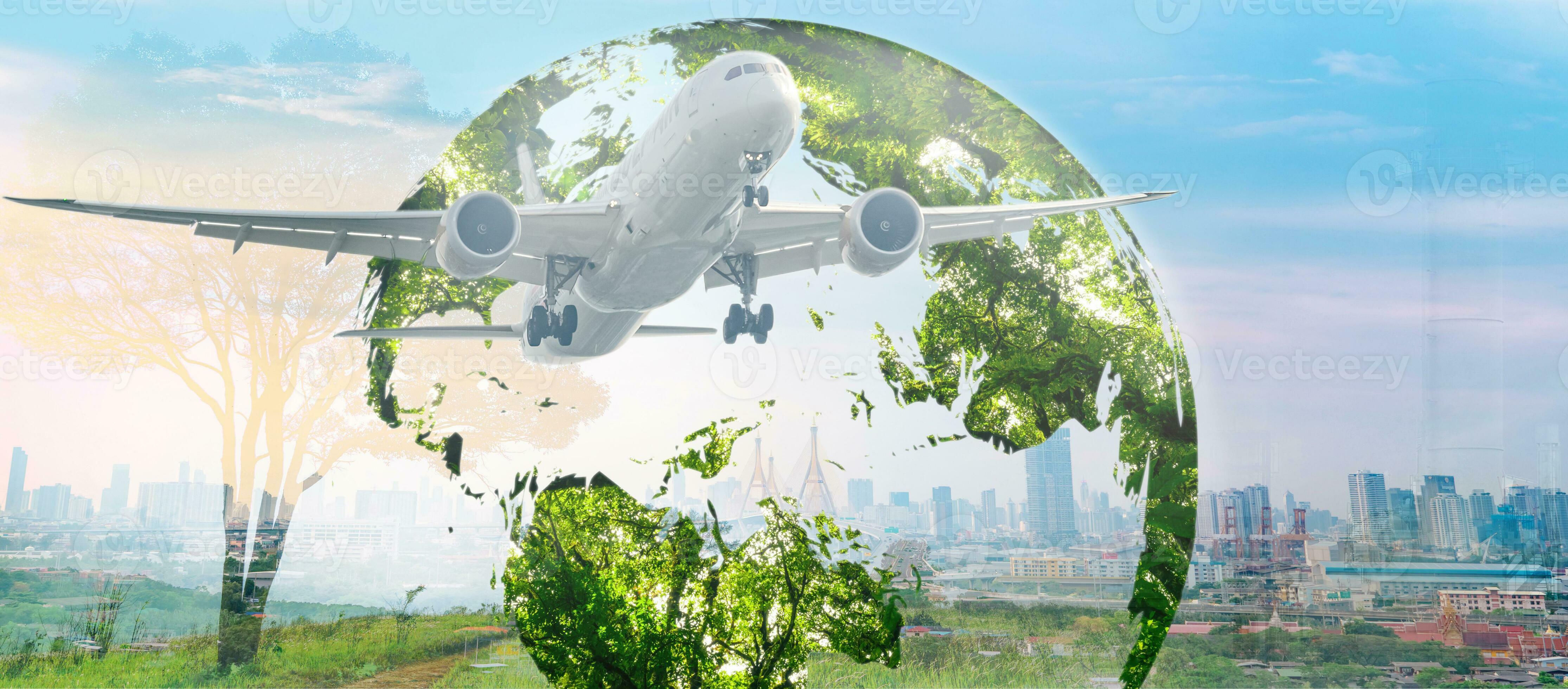



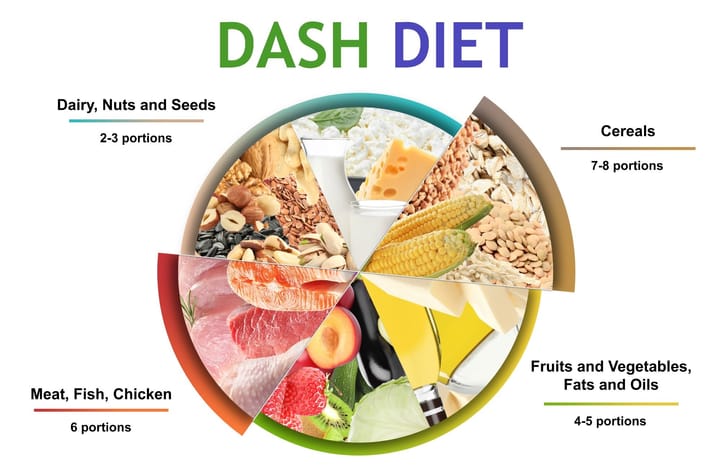







Comments ()